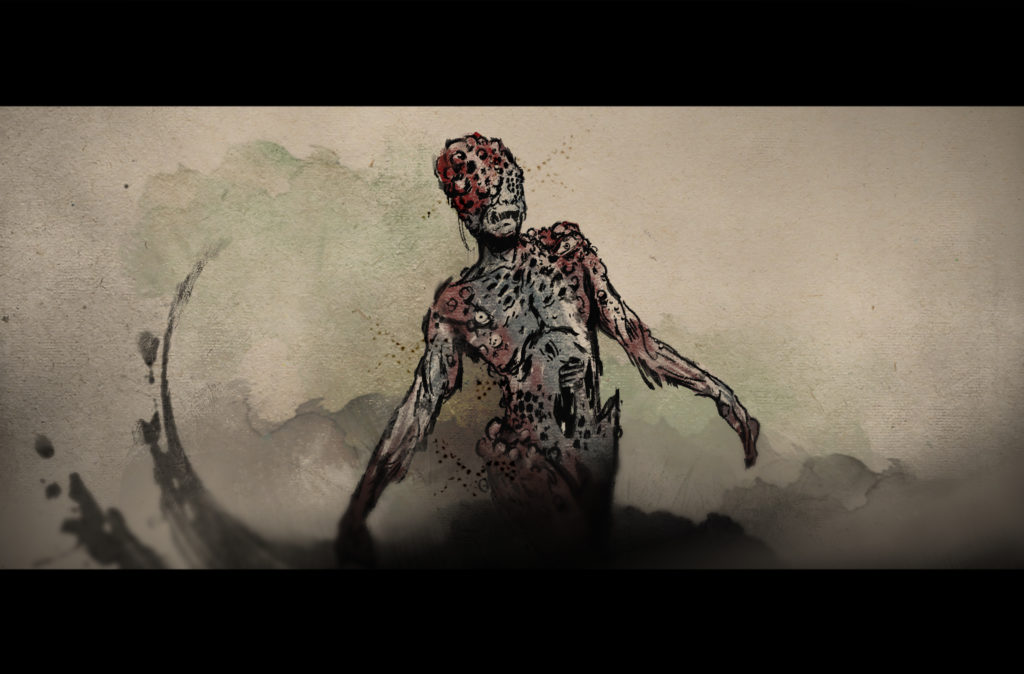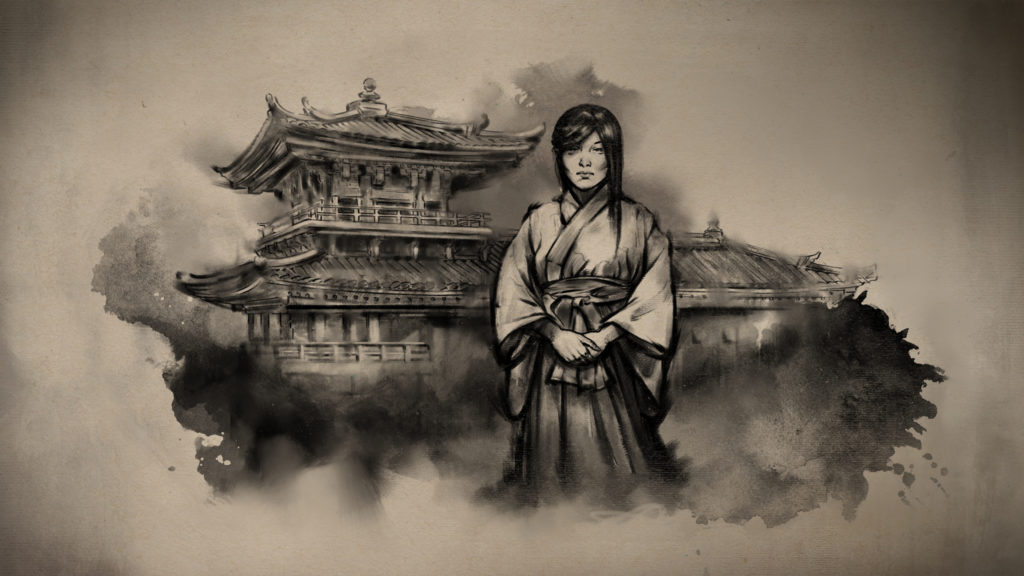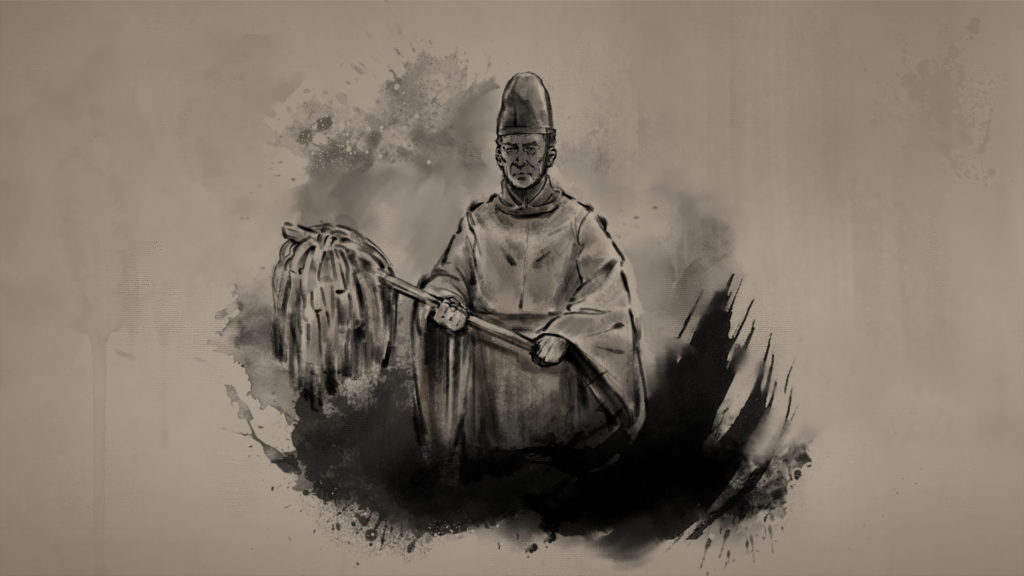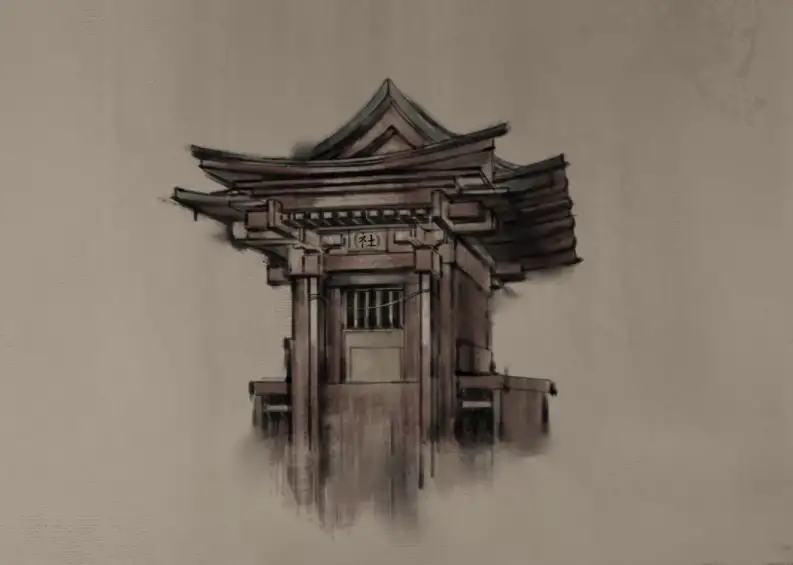Magatsuhi no Kami: The Gods of Disaster
Magatsuhi-no-Kami are kami of Japan’s native Shinto belief system. Like other powerful kami, they are treated as a mighty, deity-like force that can directly influence the world on a massive scale. However, Magatsuhi-no-Kami stand out from the crowd by being the kami of disasters. According to the Shinto creation myth, the Magatsuhi-no-Kami—or rather, Yasomagatsuhi-no-Kami, translated …



